|
HOME: www.hiltonpond.org |
|||
THIS WEEK at HILTON POND Installment #626---BHBD---Visitor # Subscribe for free to our award-winning nature newsletter (Back to Preceding Week; on to Next Week) |
AH, SEPTEMBER! September's first half is always an interesting time here at Hilton Pond Center. The biweekly period has multiple personalities, not sure whether it should still be hot like summer or start cooling down in anticipation of fall. This year was no exception, with an afternoon high of 95.2° F on the afternoon of 4 September, followed by a "bone-numbing" chill of 49.0° at 6:20 a.m. on the 14th. (That was the "coldest" it had been since midnight back on 1-2 May when the mercury plummeted to 48.0°. Can Snow Geese be far behind?) These are, of course, relatively minor temperature differences, but as the days get shorter nature is already preparing for the onset of winter, as noted by our September observations below.
All text, maps, charts & photos © Hilton Pond Center As the calendar shifted from August to September, we noticed quite a few brown mushrooms (probably boletes) with wavy-edged caps popping up in the tiny front lawn of the Center's old farmhouse. They were one of the "pore fungi" that bear their spores on the underside of a cap that is porous rather than gilled (above). Unlike many mushrooms that appear one morning and are gone the next, these particular specimens lasted several days.
All text, maps, charts & photos © Hilton Pond Center Early on the dew-heavy morning of 1 September we noticed one mushroom was covered by delicate filamentous structures. Here's how we interpreted the scenario: The fuzzy mass probably came from the mushroom's own spores that germinated overnight and produced feathery mycelia; these, in a sense, were cannibalizing the mushroom itself, deriving nutrients from organic matter in it. When the sun's rays struck the fungus the dew evaporated and the mycelia almost instantly dried up. Had these germinated at ground level rather than on the mushroom cap, they would have worked their way into the soil as a new mushroom's vegetative stage. In this instance, however, the spores were thwarted in their effort--no big loss because there were still millions (maybe billions) still viable within the mushroom pores. An alternative eplanation is that the white fluffy stuff was slime mold or another fungal species in the process of parasitizing the host. (NOTE: If you're into mycology and have a species I.D. orcommon name for this mushroom, please let us know via e-mail at INFO.)
All text, maps, charts & photos © Hilton Pond Center Having greeted the dawn--and that fuzzy mushroom--on the first of September, about 90 minutes before sunset that day we strolled down to Hilton Pond and took our place on a bench at the end of the wooden pier. From this vantage point we could see a good expanse of open sky over the property, allowing us to scan back and forth seeking for what we always look for come September: Common Nighthawks. Eventually, at about 7:30 p.m. a trio of fast-moving goatsuckers sailed overhead on their way to wintering grounds in South America. Although these long-distance Neotropical migrants had been moving through parts of the Carolinas for at least a week, we seldom see them until early September. Common Nighthawks typically are low altitude migrants, but the ones we spied we would have missed had we not been scanning with binoculars.
All text, maps, charts & photos © Hilton Pond Center We have Northern Cardinals at Hilton Pond Center year 'round, and we always catch a bunch of new ones come September as part of a "fall shuffle." This is when birds from not too far away leave their natal grounds and wander into new territories; there they end up NOT competing with parents or siblings--leading to diversity in the gene pool. Our feeders host numerous adult cardinals that apparently maintain long-term pair bonds, but during autumn we do encounter those unbanded newcomers that avoided our nets somehow or just showed up. Such was the case with the adult male Northern Cardinal above, mist netted on 5 September. He was coincidentally the 63,000th bird (and 2,559th cardinal) banded at the Center since June 1984. Although NOCA are our sixth most common of 126 banded species, they make up only 4.05% of all birds captured. What species will be #64,000?
All text, maps, charts & photos © Hilton Pond Center The ninth of September brought light drizzle to the Carolina Piedmont, and bird activity was light. An exception was the immature Red-shouldered Hawk above; it undoubtedly was one that fledged locally and it was patrolling the property in pursuit of lunch. Rainy weather leads to wet plumage, of course, so between showers the hawk perched on a snag at the edge of Hilton Pond, tail spread and wings extended to dry out its feathers. One field mark of Red-shouldered Hawks as they soar overhead is the "window" in each wing--a characteristic explained by light bases of the primary feathers that show in our photo.
All text, maps, charts & photos © Hilton Pond Center A year ago this month Hilton Pond Center lost a huge White Oak that toppled spontaneously, falling with earth-shaking force and opening up a wide swath of formerly shaded pond margin to direct sunlight. Last month we noticed a new plant growing in the exposed area, one we recognized but had not seen in 34 years of local floral observations. The four-inch-wide short-lived flower was closed and drooping before mid-day, so we knew to get a good photo we'd have to return at dusk with camera, tripod, and flash to capture the next bloom. A few days later our strategy paid off and we had a photo of night-blooming Jimsonweed, Datura stramonium (above).
All text, maps, charts & photos © Hilton Pond Center Jimsonweed is a weedy plant that often grows in unwanted locales, leading folks to believe it's probably a non-native invasive. Actually, this member of the Solanaceae (Nightshade Family) probably originated in Mexico but may have made its way naturally into the U.S. The trumpet-shaped flowers open only at night and are pollinated by moths attracted by fragrant nectar; white petals make the blossom easier to find by moonlight. Once pollinated, the flower gives rise to a 1-3 inch egg-shaped seed capsule (above)--a "thorn apple" usually covered by sharp spines sure to deter granivorous birds and mammals. Despite being used as a folk remedy for various ailments and hallucinogenic effects, Jimsonweed is highly toxic and should not be ingested in any form.
All text, maps, charts & photos © Hilton Pond Center Several Ruby-throated Hummingbirds we captured the first week in September carried yellow-white pollen on their crowns--a likely sign our local Trumpet Creepers were still blooming. However, when we scanned the Center's prolific vines--of which we have many--we found only one solitary flower (photo above), possibly the last of the season. This lonesome blossom was about 35 feet up on an established vine in a Black Walnut tree. We've always found it fascinating (and ideal for RTHU) that local Trumpet Creeper starts producing its nectar-rich orange blooms right about when the first hummer chicks hatch in May and continues until the peak of fall migration. From this we conclude there's some co-evolution going on twixt ruby-throats and Trumpet Creeper.
All text, maps, charts & photos © Hilton Pond Center On a short jaunt down a trail around Hilton Pond we noticed what we thought at first was a bright orange caterpillar crawling across a dead hickory leaf on the ground. When we picked it up, however, we realized it wasn't a caterpillar at all but a series of colorful galls (above) that had formed along the leaf margin. Galls, in general, are plant tissue that has grown in a malformed way due to damage from a virus, fungus, bacterium, or insect. Plant galls are analogous to tumors in animals; host organism cells go awry due to chemicals produced by the invading organism. The gall we found this week was a Hedgehog Gall or Woolly Oak Gall, caused by a tiny cynipid wasp wasp called Acraspis erinacei. Most references say this gall occurs only on White Oaks--hence the alternate name of Woolly Oak Gall--but this definitely was on a hickory leaflet. These fuzzy galls contain female wasps that emerge in late autumn and crawl to the tree's leaf buds to deposit eggs. There, a different kind of gall forms, first as a blister inside the bud scale; the galls become more obvious as buds open come spring.
All text, maps, charts & photos © Hilton Pond Center We went out to the Hilton Pond pier again on 11 September 2015 looking for more Common Nighthawks but saw none; their southbound migration for this year may have been about over by then. We DID see a fast moving bunched flock of ten Chimney Swifts (above), flying almost straight southward. This was undoubtedly migratory behavior, much different from our local swifts' midsummer aerobatics that include wide-sweeping horizontal circles, ellipses, and figure-eights as they deftly pick insects out of the air. (Incidentally, Chimney Swifts are an eastern species that only rarely occurs during summer in the western U.S. where other swift species ply the skies.) Soon all eastern North America's swifts--like the nighthawks--will be gone for the winter.
All text, maps, charts & photos © Hilton Pond Center Just as the Chimney Swifts and Common Nighthawks were winging their way southward, so were other migratory species beginning to pass through Hilton Pond Center. Our first fall migrant on 14 September was a distinctive and not-at-all-confusing-fall-parulid: An immature male Chestnut-sided Warbler (above). This species, with its nearly indescribable neon greenish-yellow crown and back, is identifiable in a mist net even from a distance; no other bird has plumage quite this shade. We were pleased to finally mist net a migrant--only our 82nd chestnut-sided since our first in the autumn of 1982--our pioneer year at the Center.
All text, maps, charts & photos © Hilton Pond Center Although we relished our capture of the Chestnut-sided Warbler, we were even happier to capture and band an immature female White-breasted Nuthatch (above)--mostly because she was only the 22nd of her species for Hilton Pond AND because her age suggested she was locally raised (not a migrant). Our locale is not a mature hardwood forest favored by WBNU, hence their scarcity in our banding records. We sexed this bird was female because her forehead and crown were gray-black as the photo reveals--not the inky jet black found in most males. Note also the nuthatch's lower mandible is upturned, all the better for probing crevices where other bark-gleaning birds can't reach.
All text, maps, charts & photos © Hilton Pond Center The 15th brought another hatch-year migrant warbler to the Center, this time an unmistakable American Redstart (above) with big basal tail spots and broken eye ring. Adult male AMRE are mostly black and orange, so the only question was whether the bird was a female or an immature male. We went with female in part because the yellow patch at the bend of the wing was relatively pale; in young males this character is brighter yellow or salmon-colored. Redstarts are among our most common parulids at Hilton Pond Center with 444 banded over the past 34 years.
All text, maps, charts & photos © Hilton Pond Center We mentioned above the capture of an adult male Northern Cardinal as part of the "fall shuffle," but during the first half of September we were still catching recently fledged NOCA--some so young their tails were short and they were being fed by their parents! Surely these must be the offspring from second or even third broods. The male in the photo above was quite young for this late in the year, with many natal brown feathers not yet replaced by red. Note also the poorly formed crest and a bill that had not yet changed to the bright orange of the adult. By far our most plentiful birds so far in September have been Ruby-throated Hummingbirds, with a whopping 60 banded during the two-week period. That gave us 218 new RTHU for the year--the earliest by eight days we'd reached that mark--and put us in good position to break the all-time record of 239 set back in 2010. Now September is half over at Hilton Pond Center, compete with temperature swings and the blooming of fall flowers. Neotropical migrant birds stopped by on their way through, and much of nature appears to be winding down in anticipation of cold months ahead. It will be interesting to see what comes with the second two weeks of September 2015. All text, maps, charts & photos © Hilton Pond Center The South Carolina Bluebird Society is interested in all things natural, so on 3 October 201, Dr. Bill Hilton Jr. will give an afternoon talk about "Hummingbirds: From Your Backyard to Costa Rica . . . and Back." The presentation is part of the group's two-day Fifth Anniversary weekend at Knights of Columbus Hall in Aiken SC. (Click on the image above to view a larger version of the program.) Registration is still open if you'd like to attend one or both days; it's very inexpensive and meals are included. See BLUEBIRD REGISTRATION
Checks can be sent to Hilton Pond Center at: All contributions are tax-deductible on your |
|---|
|
"This Week at Hilton Pond" is written and photographed by Bill Hilton Jr., executive director of Hilton Pond Center for Piedmont Natural History
|
|
|
Please refer "This Week at Hilton Pond" to others by clicking on this button: |
Comments or questions about this week's installment? Send an E-mail to INFO. (Be sure to scroll down for a tally of birds banded/recaptured during the period, plus other nature notes.) |


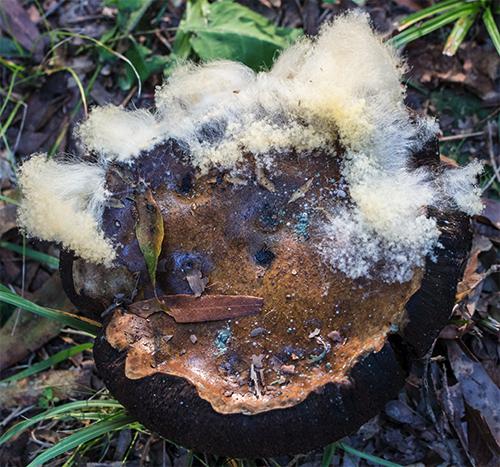
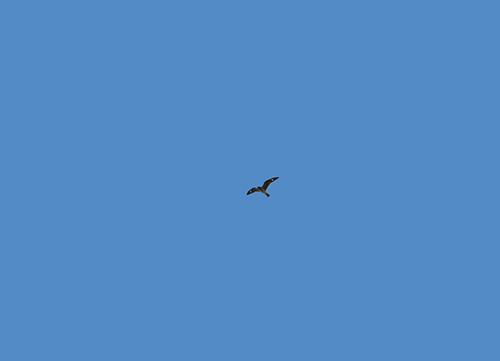
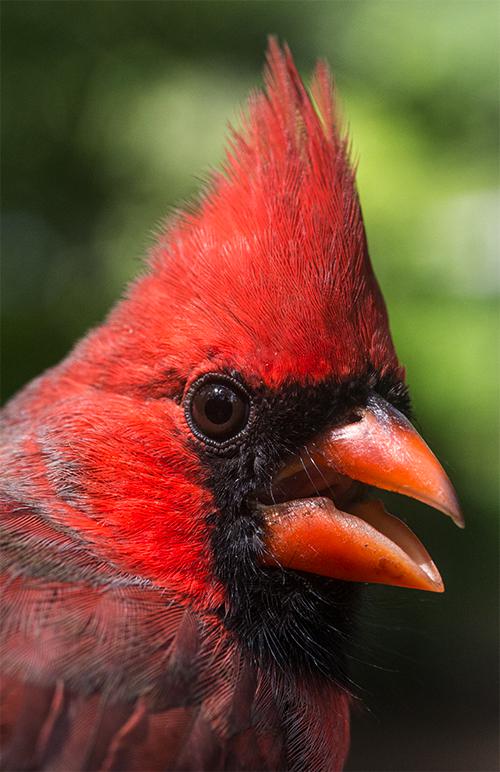


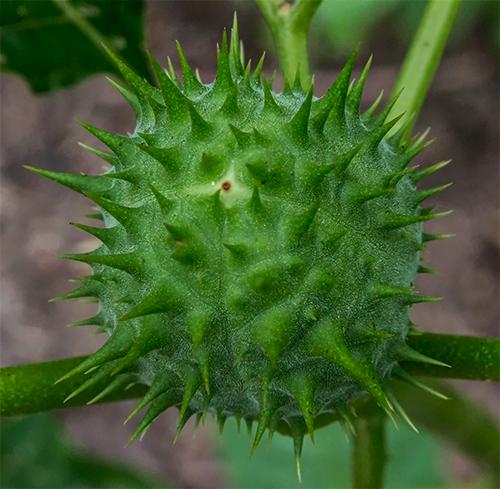
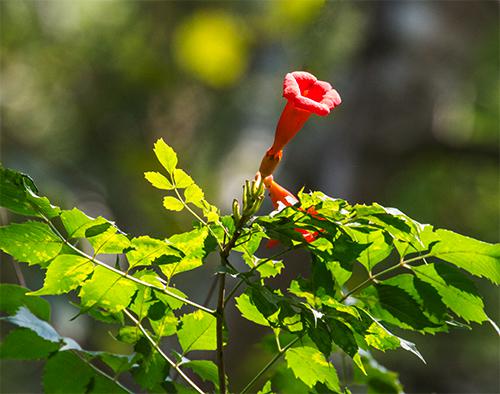
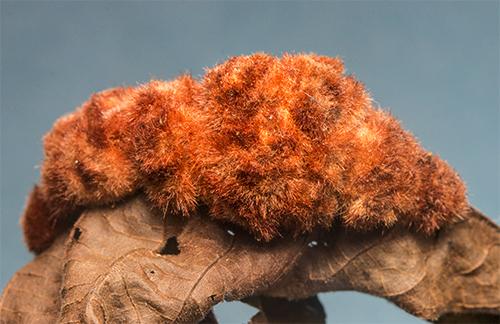
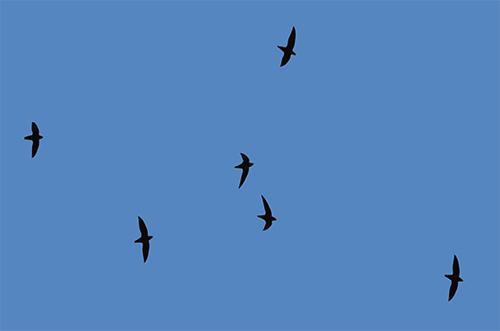
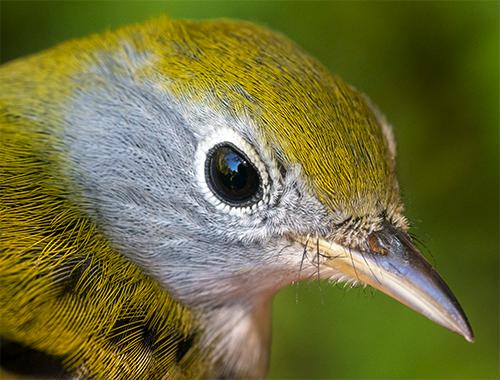

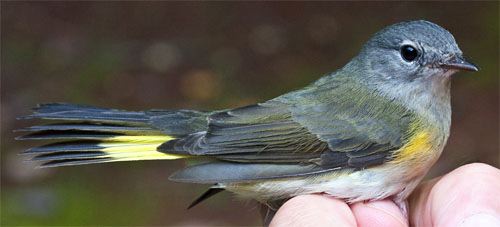
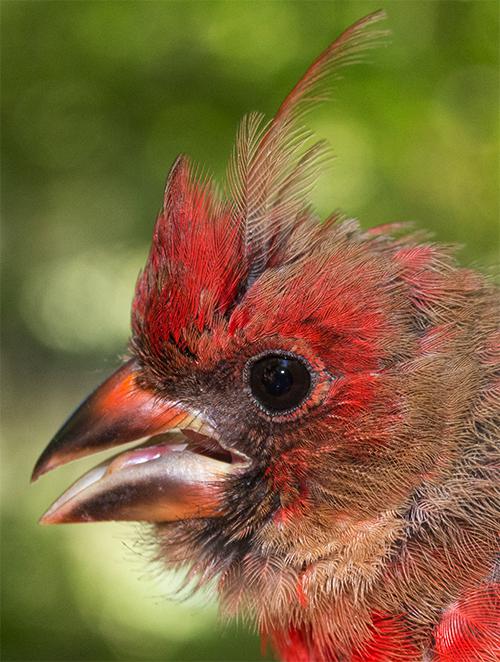
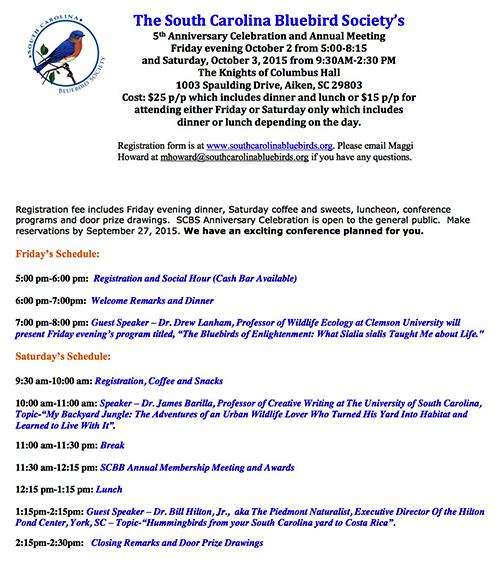









 Please report your
Please report your